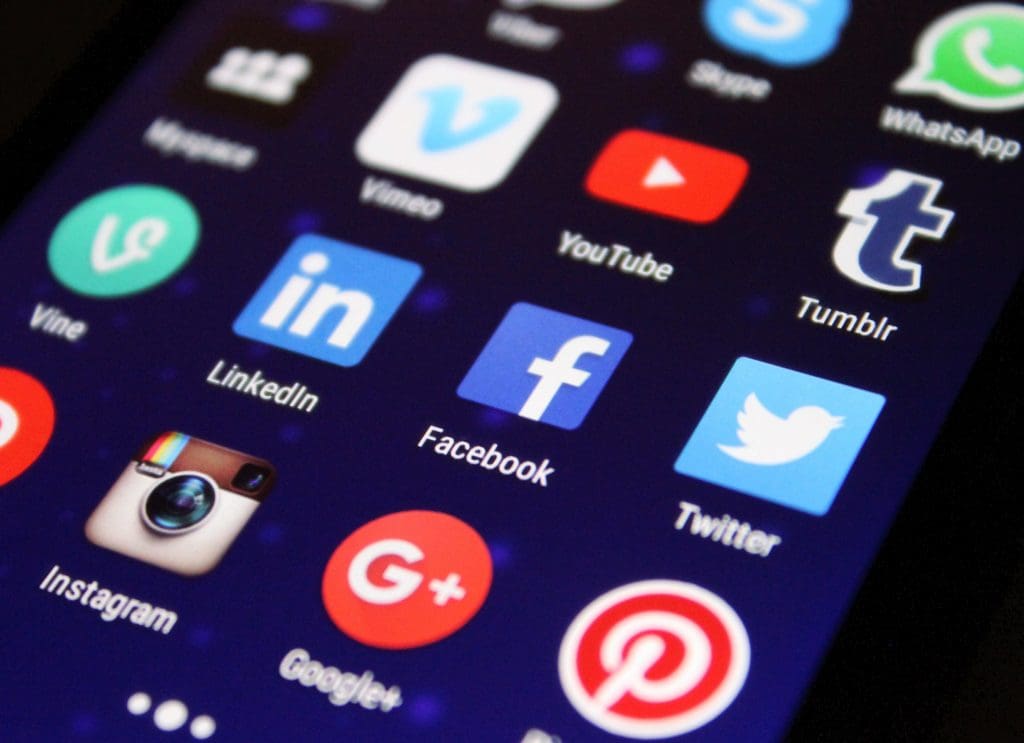Event Space KL: How to Host a Webinar

Although webinars have been around for many years, they weren’t as popular as having events in physical event space KL was a much-favoured choice until recently.
With the ongoing COVID-19 pandemic, its popularity surged as people work from homes to slow the spread of the coronavirus. As with physical stores being affected by the pandemic, many marketers and businesses are moving towards digital ads and interactive marketing videos to boost their online presence.
If you’re new to the idea of a webinar, this article will give you some headers on how to host a webinar.
What is a Webinar?
A webinar is a shortened term for web seminars. They are usually hosted as online video presentations, workshops or lecturers through platforms such as Cisco’s Webex.
Other types of webinars include educational, product launches, training, team meetings, and lead generations.
Webinars often run between 30 minutes to an hour, but there is no strict rule on how long it should be.
What are the Benefits of a Webinar?
The main benefit of webinars is that they are often much easier to organize compared to a real-life event. The reasoning behind this is that you don’t need a large event space to accommodate large numbers of attendees, and anyone from anywhere can quickly join in through a link.
Those who are unable to attend won’t lose out much either, as popular webinar platforms allow for recordings which can be sent out to those who missed it.
How do I Host a Webinar?
The first thing you want to do is decide on what topic you wish to cover for your webinar. Secondly, create an outline and plan how the flow of your webinar will look. Thirdly, decide on what format you want your webinar to be.
These are the three critical steps for a successful webinar. The other essential steps include engaging with your audience, marketing your webinar, and having the proper equipment. We’ll go through all these steps in further detail.
Deciding on Your Topic
When deciding on your webinar topic, try to be as specific on your topic discussion as possible. If you have a general topic, try your best to narrow it down and cover it in detail. A good webinar often goes in-depth and focuses on what’s most important to your target audience.
As mentioned earlier, you can use webinars to organize video presentations, workshops or lecture sessions. But you can also use it to schedule team meetings, conduct user on-boarding, generate leads, conduct training, retaining and nurturing customers, and many more.
Create an Outline
A second critical step is to create an outline to plan the flow of your event. Even though it’s a webinar and hosted online, you still need to have a structure for a successful webinar.
Plan the event within the 30 to 60 minutes time frame that you’ll be working with for your webinar.
If you have your topic and goal, an outline can be created easily.
On an added note, you want to make sure your title is as straightforward as possible to attract potential attendees. Do not make titles that are misleading or discusses nothing on the topic at hand (also known as click-bait), as this creates a bad user experience.
Decide Your Format
Here are the four best webinar formats that we recommend for conducting webinars. These formats allow you to engage with your audience and relay your message at the same time.
- Single Speaker: This format, as the name says, will usually involve only one speaker that will handle the presentation and Q&A sessions. He/she is the sole point of contact for the audience. This format is best suited when the webinar only has a small group.
- Interview Format: This format involves the main speaker (the interviewer) of the webinar, and subject matter experts (or SMEs). The interviewer will ask the SMEs questions planned on matters related to the topic. This format is popular when new trends are popping up, unforeseen events (cough COVID-19), or on topics where there’s a lot of debate and uncertainty. It’s also a highly engaging format and creates interest, as the audience is encouraged to ask questions. If you’ve listened to BFM Radio before, this is the format that they use when running talk shows such as The Breakfast Grille.
- Moderated Panel Discussion: This format involves several speaking discussing over a set topic. As the name suggests, a moderator is needed for this type of panel discussion to ensure that it’s relevant and under control.
- Q&A: This format usually involves the main speaker and the audience. The questions will come directly from the audience. This format is often done in combination with other formats such as the interview and moderated panel discussions format. It’s excellent in creating a highly engaging webinar.
Engage with Your Audience
Because webinars will often run between 30 to 60 minutes, the speaker has to be able to keep them engaged.
This is the real challenge for the speaker as the average human attention span is only around 8 seconds, thanks to a study by Microsoft.
Webinars will often dive into in-depth detail on a particular subject matter, so make sure that you have a speaker or a team behind your webinar to keep your audience engaged.
Create visually appealing slide decks; be sure to ask your audiences and engage with them regularly. Leave time for Q&A sessions at the end of your presentations.
No engagement, no audience.
Marketing!
To maximize attendance, you should always promote your webinar in advance.
Your best practice would be to create a landing page which covers the webinar topics, the speakers, date & time, and includes a call-to-action that allows people to sign up as an attendee.
Creating a landing page doesn’t have to be complicated. If you’re a business with a decent budget, you can always opt to hire some web developers and designers to create a landing page for you.
If you’re an NGO or an entrepreneur, or a small business with limited budgets, you can create one yourself using free platforms such as Google Sites or Wix.
Promoting your webinar is also recommended. Use social media accounts, create hashtags, and post short videos to give attendees an idea of what they can expect from the webinar.
Have the Proper Equipment
You should also have, at minimum, two highly essential pieces of equipment for your webinar: a good microphone, and a good camera. Your webinar’s not going to be engaging at all if your audience can’t hear you properly or can’t see you.
A fast internet speed is also recommended to not have stuttering or connection drop-outs (we’ve had those before).
Other equipment such as conference tables, chairs or an aesthetically pleasing background is a welcome addition as well.
Host Your Next Webinar at our Event Space KL!
During this pandemic, we understand events must still go on, but virtually. Together with our professional webinar partners, let us help you host a professional webinar that is tailored and customizable to your brand and purpose. From recording online courses to large scale product launches and conferences, our equipment and infrastructure are designed to help you create a professional virtual event.
Check out our Webinars landing page to host your next webinar at our event space KL!











